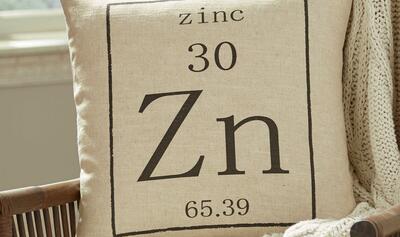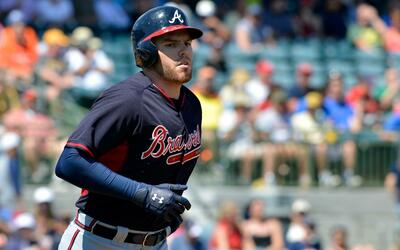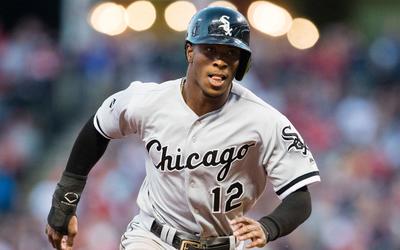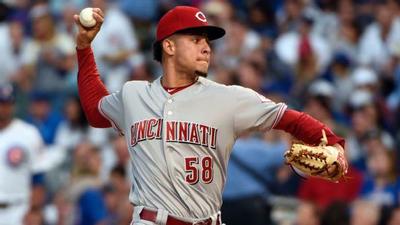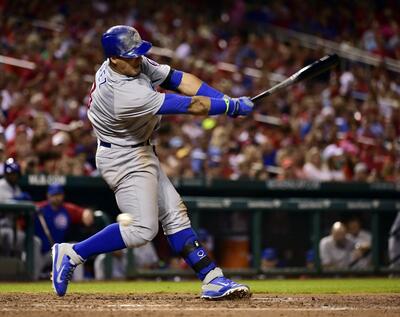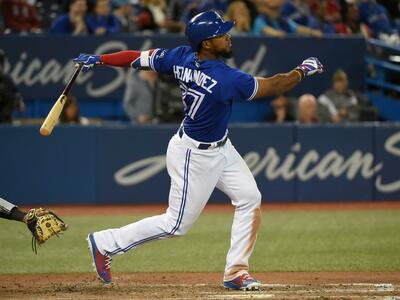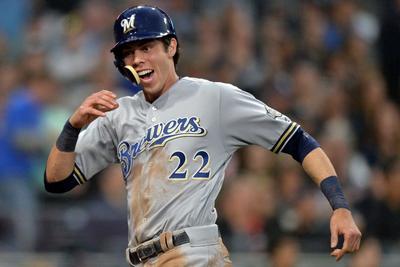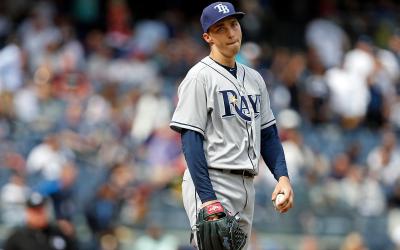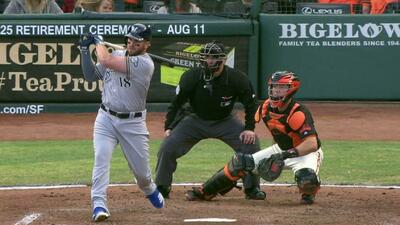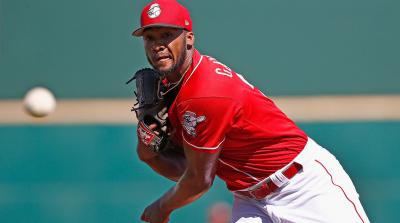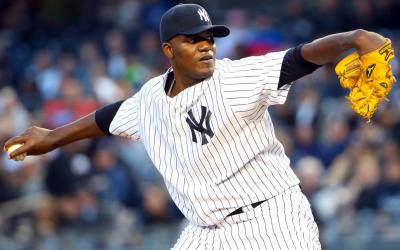Park Factor
For my initial First Pitch of the year I thought it would be a good idea to revisit the Park Factor statistic. This should provide you with a handy reference that you can use to determine which ballparks really play in either the hitter's or pitcher's favor. We will use this data to see if we can challenge any of our commonly held assumptions, and also take a look at some of the newer parks and parks that had changes last year to see how they fared over a full season's worth of data. Included will be data updated to include last season, as well as updated 3-year averages (for 2004 - 2006).
The Park Factor statistic measures the effect that a ballpark has on a particular stat. To create a Park Factor, you take all of the chosen statistic scored at a ballpark by both the home and away teams, then divide it by the same statistic for the road games of the team that plays its home games at the ballpark in question. For example, if we were looking at Park Factor for Runs, the formula would look like this:
Park Factor = ((homeRS + homeRA)/(homeG)) / ((roadRS + roadRA)/(roadG))
A neutral Park Factor has a value of 1.000, thus a value over 1.000 means the park favors the hitter in that category, while a value of lower than 1.000 means the park favors the pitcher in that category.
There are no new major league ballparks opening this year, as well as no significant changes to existing parks (that I'm aware of). Last year, however, there was one new ballpark (New Busch Stadium), and there were significant changes made at two existing (albeit relatively new) ballparks: Citizen's Bank Park in Philly, and PETCO Park in San Diego.
First let's look at our first full year's worth of Park Factor data from New Busch Stadium:
0in 5.4pt 0in 5.4pt'>
So far after one season the data says New Busch is playing as a fairly strong pitcher's park, landing in the top 25% (benefiting pitchers) in Runs and Hits. In comparison to Old Busch Stadium, the Park Factors in these three categories are down across the board, although not by a lot. Remember that this is still a small data sample, ad we'll have to see how this changes over time.
One of the parks with significant changes last year was Citizen's Bank Park in Philly. The Phillies raised the left field wall and moved it back in an effort to prevent so many home runs and dismiss the "bandbox"notion. Did it work? Here is the Park Factor data for CBP in 2006 compared to the prior two seasons:
0in 5.4pt 0in 5.4pt'>
(2004-2005)
(2006)
It looks like there is mixed news here. On the one hand, there was definitely a decrease in HRs, albeit only by 1%. The single year decrease in HR Park Factor from 2005 - 2006 was a more pronounced 7%. By the Phillies own measure, the move prevented 28 home runs from leaving the park last year that would have previously been out. (By the way, it's pretty cool that they tracked exactly what hitters and pitchers benefited. Guess how many homers Ryan Howard lost in 2006 that would have left the yard the year before? Three. Do the math. 61. Read more about it here.) Bottom line is that CPB got a little better, but is still a very strong hitter's park.
The other ballpark that saw significant renovations for the 2006 season was PETCO Park in San Diego. Here, the walls were moved in, in an effort to stimulate more offense. Once again, we start with the numbers:
0in 5.4pt 0in 5.4pt'>
Wow. There was a huge 36% jump in HR Park Factor at PETCO last year compared to the prior two seasons. There was a moderate increase in Runs Park Factor as well. Overall, PETCO still plays as an extreme pitcher's park, but it is less so now.
Here is the way all the ballparks shake out in terms of 3-Year average Park Factor in the categories of Runs, HR, and Hits.
Extreme Hitter's Parks: Chase Field (Diamondbacks), Citizens Bank Park (Phillies), Coors Field (Rockies), Rogers Centre (Blue Jays).
Strong Hitter's Parks: Rangers Ballpark (Rangers), U.S. Cellular Field (White Sox), Wrigley Field (Cubs).
Slight Hitter's Parks: Fenway Park (Red Sox), Great American (Reds), Minute Maid Park (Astros).
Extreme Pitcher's Parks: Jacobs Field (Indians), PETCO Park (Padres), RFK Stadium (Nationals).
Strong Pitcher's Parks: Busch Stadium (Cardinals), Dolphins Stadium (Marlins), Safeco Field (Mariners), Shea Stadium (Mets).
Slight Pitcher's Parks: Angel Stadium (Angels), AT&T Park (Giants), Dodger Stadium (Dodgers), Miller Park (Brewers).
Neutral Parks: Camden Yards (Orioles), Comerica Park (Tigers), Kauffman Stadium (Royals), McAfee Coliseum (Athletics), Metrodome (Twins), Tropicana Field (Devil Rays), Turner Field (Braves).
Finally, I will leave you with some quick hits that I noticed while compiling the updated 3-year average Park Factor data. We will get these materials posted soon in the Reference Toolbox.
 As stated before, although we only have one season of data, New Busch Stadium is playing as a pitcher's park.
 Dodger Stadium saw increases in Park Factor in all three categories last year, nudging it from strongly favoring pitchers to just slightly favoring pitchers over the last three seasons.
 Dolphins Stadium went from being an extreme pitcher's park to just a strong pitcher's park.
 Fenway Park becomes an anomaly in that it strongly favors hitters, except in terms of home runs, where it actually favors pitchers. In fact, Fenway is in the bottom 25% for HR Park Factor over the last three years (and was 29th in MLB in 2006).
 McAfee Coliseum was previously considered a strong pitcher's park, but as of the updated 3-year average data is considered neutral.
 Rangers Ballpark still strongly favors hitters, but actually became neutral in terms of HR Park factor. Thus, it is no longer considered an extreme hitters park.
 Both Safeco Field and Shea Stadium went from moderately favoring pitchers to strongly favoring pitchers.
 Turner Field is now considered neutral after previously being an extreme pitcher's park.
 Both of the Chicago ballparks went from slightly favoring hitters to strongly favoring hitters.


